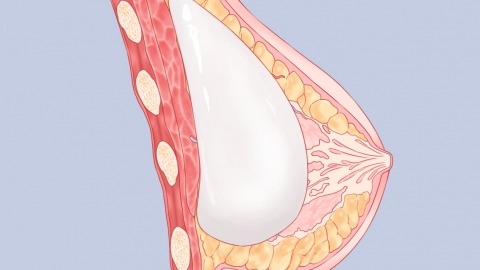Which is better for breast augmentation, implants or fat filling?
Breast augmentation with implants involves making an incision in a concealed area of the chest, then implanting silicone or saline-filled implants to enhance breast fullness. The general reference price for breast augmentation with implants ranges from 20,000 to 60,000 yuan per session, with visible improvement typically observed within 3 to 6 months. Fat transfer breast augmentation primarily involves extracting excess fat, processing it, and then injecting it into the breasts. The general reference price for fat transfer breast augmentation ranges from 5,000 to 30,000 yuan per session, with visible improvement generally seen within 1 to 3 months. Both implant-based and fat transfer breast augmentation methods are generally effective, and the choice can be made based on individual circumstances. It is recommended to visit a hospital promptly and follow medical advice for the procedure.

Breast augmentation with implants can significantly increase breast volume and is particularly effective for individuals with a poor initial breast foundation who desire a substantial cup size increase. This method offers various implant options, allowing precise matching of shape and size to individual needs, with good postoperative results that can last for a long time, typically 10 to 20 years or even longer. However, this method carries risks such as capsular contracture and implant rupture, and the surgical procedure is relatively complex, requiring high technical skill from the surgeon.
Fat transfer breast augmentation uses the patient's own fat, thus posing virtually no risk of rejection, and the postoperative feel of the breasts is natural. At the same time, this method can also improve localized fat accumulation to some extent, achieving a body-contouring effect. Once the transferred fat becomes stably established, the results can be long-lasting. Additionally, the surgical incision is relatively small, and the scars after recovery are not obvious and are well-concealed. However, fat transfer breast augmentation has issues with inconsistent fat survival rates, possibly requiring multiple injections, and the volume that can be added is limited.
Both breast augmentation methods have their own advantages and certain risks. Patients can choose based on their individual conditions and under medical guidance. In daily life, it is recommended to maintain a light diet and properly care for the breasts to avoid affecting recovery.




